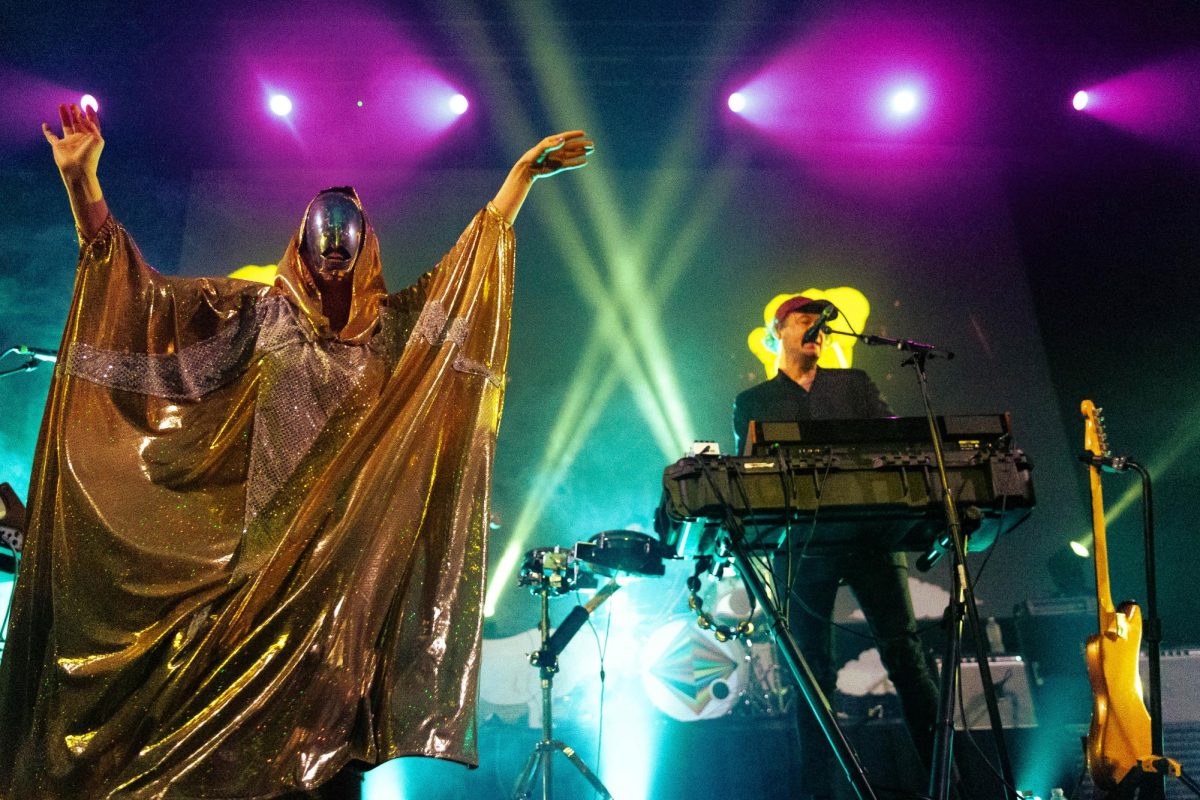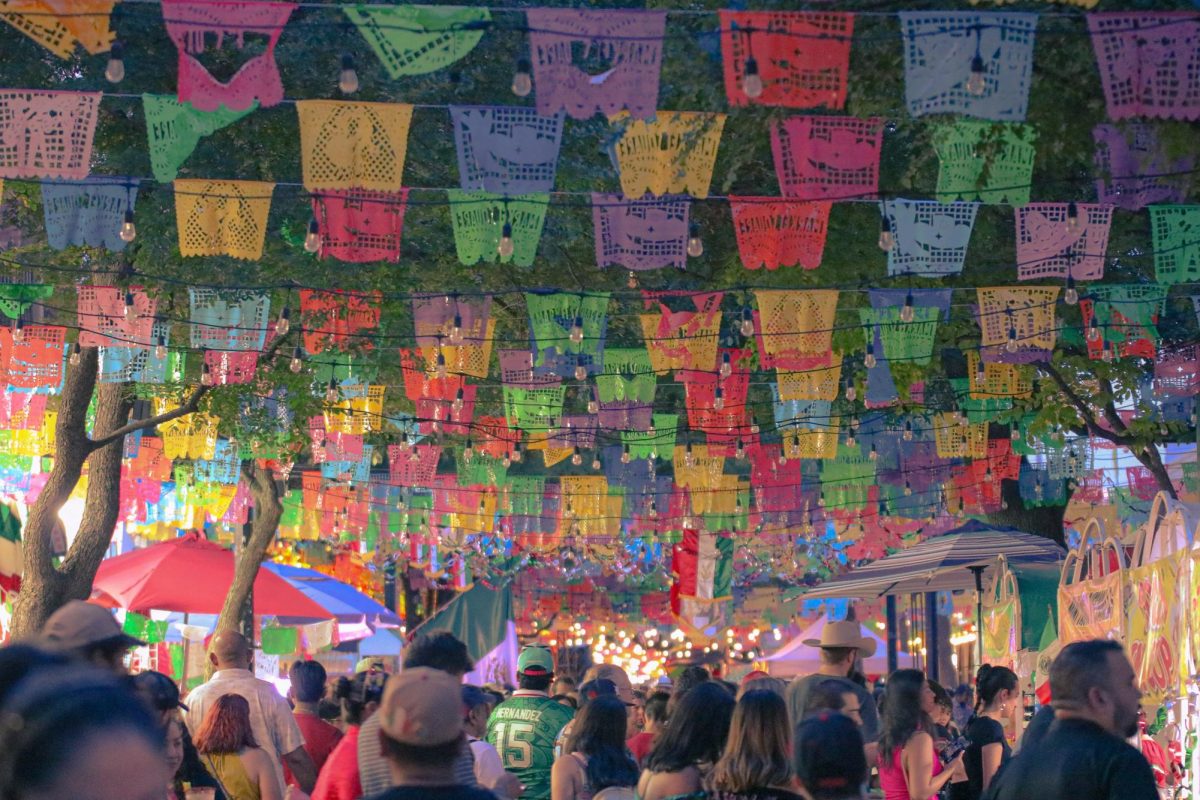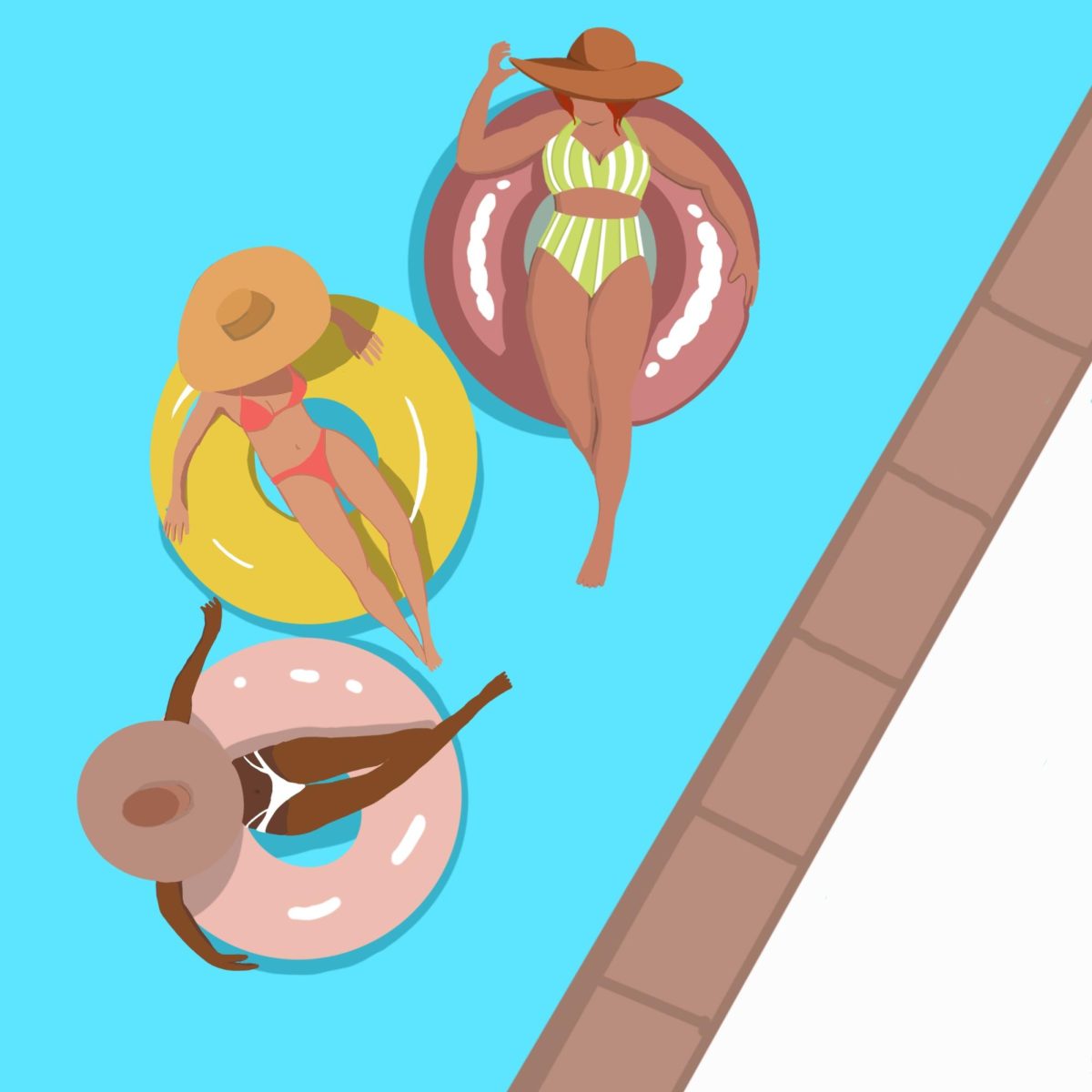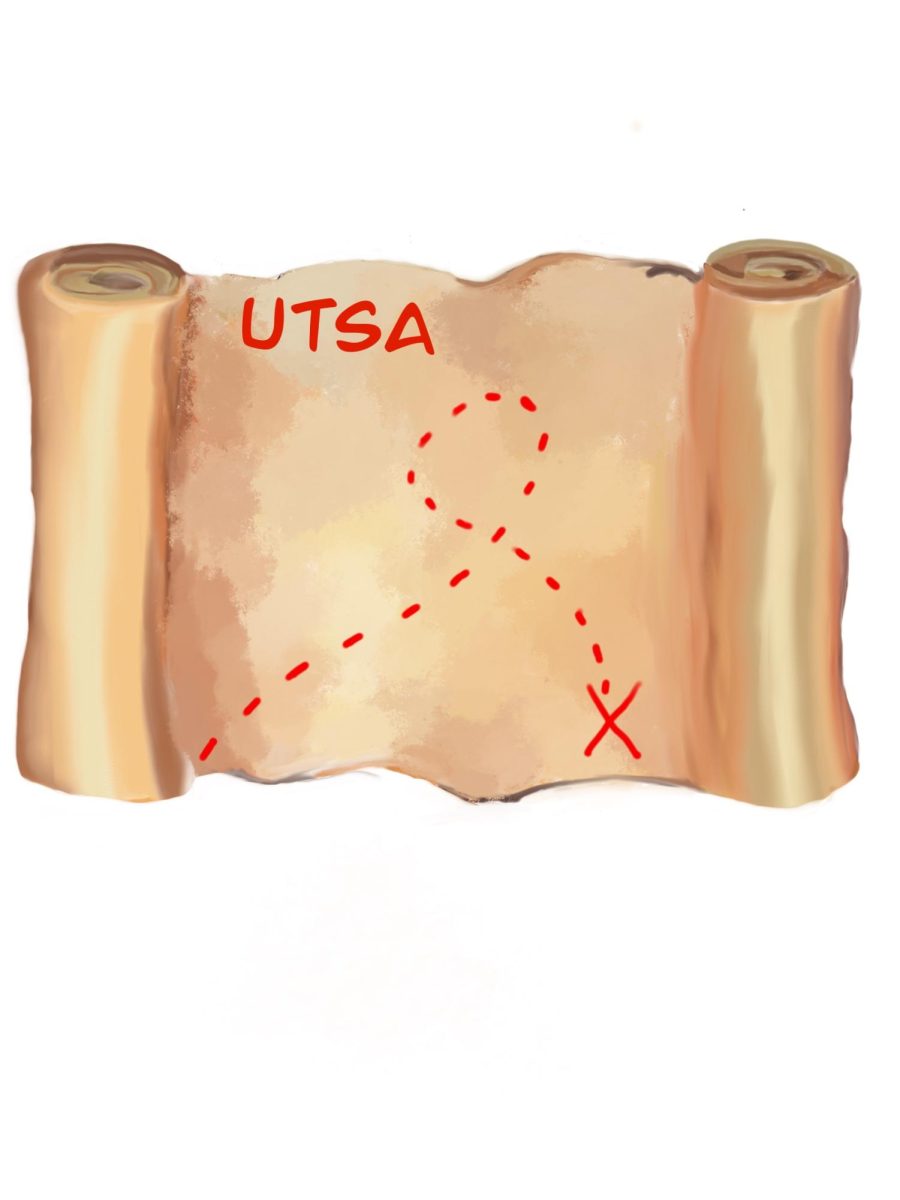
Gore Verbinski is the director of such films as “The Ring”, “The Mexican”, and the “Pirates of the Caribbean” trilogy, but hasn’t made a movie since the last installment of the “Pirates” saga way back in 2007. He now returns with the animated western “Rango” starring Johnny Depp.
In 2003, Verbinski found himself very busy with work after the first “Pirates” film exploded to both commercial and critical success. He then filmed the two following installments, “Dead Man’s Chest” and “At World’s End” back to back.
Rango tells the “fish out of water” story of a chameleon that aspires to be a swashbuckling hero. Rango stumbles upon a western town plagued by bandits and villains. Faced with the bandits, Rango is forced to play the part of the mysterious heroic stranger that has come to save the town.
Being the creative force behind the Budweiser frogs, Gore Verbinski has dealt with animation before, but Rango is his first completely animated feature film.
Interviewer: What are you going to take away from Rango that will change the way you make other films now, including live action and if you decide to just make animation again?
Gore Verbinski: Wow. That’s a good question. Short answer is I’m going to listen to the sound a lot more. We spent, you know, so much of this movie with just pencil and paper, and nothing moving. Sound is everything.
Interviewer: And what are you going to bring from this experience to live action?
Gore Verbinski: We brought a tremendous amount of live action to this animation. I have immense respect for animation directors. It’s a lot harder than I ever imagined. There are no gifts. Everything is manufactured and created. It’s just – you have to fabricate every frame from zero. So other times when you’re shooting, you’re orchestrating chaos and they’re trying to, you know, capture a moment of truth and it’s giving back. It’s kicking back, all sorts of good and bad.
Interviewer: Do you have a favorite genre?
Gore Verbinski: You know what? It has been the Western. I mean, I think those Pirate movies were Westerns. When I was very young I found Sergio Leone movies, you know, “Duck, You Sucker” and “Once Upon a Time in the West.” I saw them probably at an age-inappropriate period and felt like I was sneaking into a forbidden world. And so, I’m a fan of Westerns but really the more modern Western, the “Wild Bunch,” the sort of – the myths are dying and it’s the end of an era, progress is inevitable for us. The railroad’s coming! You know, with corruption. There’s no place for honest thieves anymore. Those sort of things have always been present, I think, in my DNA.
Interviewer: You said that you thought Rango didn’t really feel like a Western or especially an animated film, and I was kind of curious as to your thought process of why you’ve chosen this particular cast, characters or even style.
Gore Verbinski: Well, yes. I would say I definitely feel like Rango is a Western. I just think that animation is constantly referred to as a genre like it’s for kids and moms. You know, it’s animation, “it must be for kids and moms”. And I don’t know where that comes from.
Why does animation have to be linked with Happy Meals, you know? It’s just a technique to tell a story. I don’t feel like it defines the narrative, but in our case, it’s a Western. And so, we just approached it like we were making a Western. But quite often we’ll do a genre splice. Just because straight genre has been done so many times that sometimes we will take a Pirate movie and we’ll take a ghost story, you know? The skeleton and moonlight and the curse and, we’ll splice those two together. In the case of Rango, it’s identity quest and a Western. We take those two concepts and splice them together.
Interviewer: So, you’ve made a lot of films about pirates and cowboy figures. And even “The Weather Man,” where Nicholas Cage is with a bow and arrow. I was wondering, what it is about that sort of frontier hero and frontier setting that appeals to you?
Gore Verbinski: That’s a good question. I don’t know. That’s a psychiatrist question. I think there’s something about the silhouette of the desert, the minimalist, always trying to cast the silhouette of the protagonist because there’s something about that that is – you know, all those characters are sort of trying to find out who they are and certainly, “Weather Man” especially.
I think there’s probably a sense that people are longing for a simpler time or this feeling that these myths are dying, it’s the end of the gunslinger or the end of that silhouette, and the frames become cluttered, and progress sort of blurs the silhouette.











